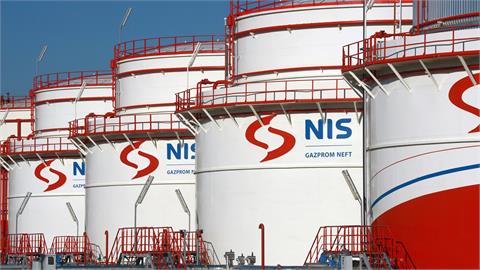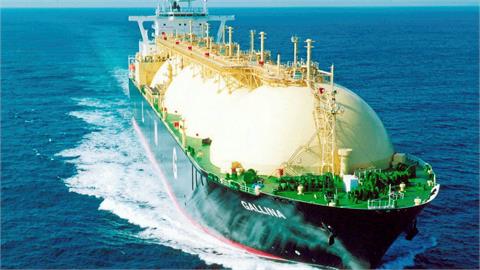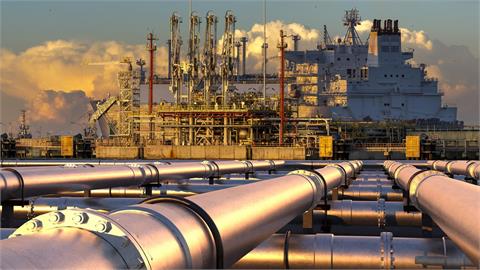Public power utility Elektroprivreda Srbije intends
to extend the lifespan of thermal power plant Kostolac A by 15 years,
until 2038, by installing flue-gas desulfurization equipment to reduce
sulfur dioxide emissions below the EU limit.
In order to implement this plan, EPS has invited bids for the preparation of projects with feasibility studies for the construction of a flue-gas desulfurization facility for units A1 and A2, with a total capacity of 310 MW, and a wastewater treatment plant for this facility.
Kostolac A is just one of the thermal power plants in the region that has been forced to reduce emissions that pollute the air in order to avoid closure. The obligation comes from EU directives that the countries of the region, as members of the Energy Community, have transposed and committed to implement.
EPS has also built a flue-gas desulfurization system in TPP Kostolac B, at the end of 2017, but it is not clear whether that plant works with reduced capacity or doesn’t work at all.
The goal is to reduce CO2 emissions below 130 130 mg/Nm3

According to the tendering documentation, in 2017 EPS changed its plan to close TPP Kostolac B in the period 2023-2025. Instead, it decided to modernize it and extend its lifespan by about 100,000 effective working hours or until 2038.
By signing the Energy Community Treaty, Serbia has committed itself to lowering the emissions from thermal power plants in line with the requirements of the EU Large Combustion Plants Directive (LCPD) and its legal successor, the EU Industrial Emissions Directive (IED).
The operation of thermal power plants is possible in the case of compliance with the LCPD by January 1, 2018 (either by adopting and applying the National Emission Reduction Plan (NERP), and an opt-out mechanism as part of it, or by applying the emission limit values from the LCPD) and with the IED until January 1, 2027 in the part related to the limits of SO2, NOx and particulate matter, according to the tendering documentation.
For that reason, extending the lifespan of TPP Kostolac A by 15 years requires the installation of a flue-gas desulfurization system.
In order to implement the LCPD, Serbia has decided to adopt a NERP which includes limits on SO2, NOx, and particle matter from all large combustion plants in the country, as well as a list of exceptions in the opt-out mechanism. The list includes TPP Morava and TPP Kolubara A.
EPS said in the tendering documentation that the goal of the flue-gas desulfurization facility is to reduce SO2 emissions below the limit defined in the EU regulations or below 130 mg/Nm3. The documentation does not state the current emissions of TPP Kostolac A.
What is happening with desulfurization at TPP Kostolac B?

The desulfurization project at TPP Kostolac B is causing numerous controversies in the public.
In 2019, TPP Kostolac B alone exceeded Serbia’s national limit for SO2 emissions
In June this year, CEE Bankwatch announced, as part of its Comply or Close report, that SO2 emissions in Bosnia and Herzegovina, Kosovo*, Montenegro, North Macedonia, and Serbia in 2019 were six times higher than the limits set by the NERPs.
According to CEE Bankwatch, TPP Kostolac B breached Serbia’s overall national limit, set in the NERP, by 1.45 times, and its own individual limit by almost ten times, emitting 79,113 tons of SO2.
RERI: The facility cannot work because it does not have a use permit
Its emissions were reduced by less than a third year-on-year despite massive investment in desulfurization equipment, installed by China Machinery Engineering Corp. Authors of the study have warned the system may not be working properly.
NGOs and politicians also consider this investment problematic. Opposition politician Marinika Tepić, vice president of the Party of Freedom and Rights, has been exposing the shortcomings of the state-owned power company for some time.
Tepić: Please turn on the desulfurization facility
Yesterday, she held a press conference in front of the TPP Kostolac B and called on EPS to start operating the desulfurization system due to air pollution.
"Please turn on the desulfurization facility, a USD 130 million investment paid ten years ago,” she said, TV N1 reported. Tepic also said that the emissions from TPP Kostolac B are causing damage to the health of citizens living in the surrounding areas, as well as in the cities of Požarevac and Belgrade.
The Institute for Renewable Energy Sources (RERI) has said that the desulfurization facility cannot operate because it does not have a use permit.
Balkan Green Energy News has sent questions regarding the desulfurization facility in TPP Kostolac B, but we have not received a reply as of this publication.
(Balkan Green Energy News, October 15, 2020)


